This article was co-authored by wikiHow Staff. Our trained team of editors and researchers validate articles for accuracy and comprehensiveness. wikiHow's Content Management Team carefully monitors the work from our editorial staff to ensure that each article is backed by trusted research and meets our high quality standards.
There are 7 references cited in this article, which can be found at the bottom of the page.
This article has been viewed 31,256 times.
Learn more...
Anyone who is steroid-dependent can experience a rapid deterioration in their health if they encounter a gastric infection, especially where this involves a fever. Addison's disease or a pituitary condition, CAH and other forms of adrenal insufficiency are all vulnerable to adrenal crisis in these circumstances. If you or a loved one are steroid-dependent and not absorbing or keeping oral medication down, you need injected steroids rapidly. Knowing how and when to give an emergency intramuscular hydrocortisone injection can save the life of someone with Addison's disease or other forms of steroid-dependence.
Steps
Administering a Hydrocortisone Injection
-
1Locate a suitable injection site. It is okay to inject through clothing in an emergency, as shown in this educational video produced by the Addison's Disease Self-Help Group. The best site is the middle third of the outside of the thigh, but you can also inject into the muscle of the upper arm.[1]
- This is a inter-muscular injection so you do not need to look for a vein or anything other than a muscular part of the thigh or upper arm.
-
2Don't worry about sterilising the injection site in an emergency. Medical professionals working in a hospital environment will often do so, especially for an IV; this practice is also more common in the US than in the UK or other countries. However, for emergency IM treatment, the same rigorous standards of aseptic technique are less applicable. Occasionally, an emergency hydrocortisone injection is needed in remote locations without access to piped water. It is more important to inject promptly, and to avoid delays over concerns about meeting ideal standards of sterilisation or hygiene.
- If you are making your own injection kit, you can include alcohol wipes, which are also useful to stop any bleeding afterwards.
Advertisement -
3Hold the syringe in your hand like you would a dart.
-
4Insert the needle quickly, at a 90 degree angle. It is not necessary to "draw back" if you hit a vein.[2]
-
5Slowly and gently, press down the contents of the plunger until all of the liquid in the syringe is emptied into the thigh. It is less painful if you do this slowly. Quickly remove the needle.
-
6Press down gently on the injection site, using a clean tissue or an alcohol wipe to stop any bleeding.[3]
Preparing Your Medication
-
1Locate the injection kit. The injection kit will contain: an integrated safety syringe, or separate syringes and needles, ampoules of your injectable hydrocortisone, alcohol wipes or tissue, preferably also with an amp snap for opening glass vials. You must have at least 2 vials of injectable drug, in case of breakages.[4]
- The needles should be a suitable length for IM use, ie blue or green. If you have shorter, orange needles, which are usually for use in diabetes, it is best to inject in the upper arm.
- The most common hydrocortisone injectable drugs for steroid-dependence are hydrocortisone sodium phosphate and hydrocortisone sodium succinate.
- Acetate-based hydrocortisone injection preparations such as Cortistab® are for joint injections only and should be avoided. They are too slow acting to do any good.
-
2Remove the packaging. For separate needles and syringe, attach the needle to the syringe by pushing them together.
-
3Prepare the medication. If you have been issued hydrocortisone sodium phosphate as a liquid then the ampoule will already be pre-mixed and ready to administer. However, in some countries, hydrocortisone sodium phosphate is supplied as a separate powder and water, similar to hydrocortisone sodium succinate.
- If you have been issued with separate power and water, you will need to prepare the medication. Within North America and many countries in Europe, this is now supplied in an Act-o-Vial, a 2-chamber bottle. In other countries it is issued as a rubber-stoppered bottle containing the powder, and a separate water ampoule.[5]
- Double check your measurements and how much hydrocortisone you're getting. For example, Act-o-Vial contains 2ml water, so that 2ml = 100mg hydrocortisone and 1ml = 50mg, which is the recommended dose for 1-5 year olds. In comparison, the liquid preparation that is the drug of choice in the UK (hydrocortisone sodium phosphate) is pre-mixed in just 1ml, so that 1ml = 100mg hydrocortisone.
-
4Follow the instructions to prepare whichever drug formulation you have been supplied with. If you don't have an amp snap, wrap a bit of tissue around the neck of the glass vial to reduce the risk of glass cuts.[6]
-
5Draw the liquid injectable hydrocortisone medication from its ampoule or bottle into the syringe. If you have a bottle with the hydrocortisone sodium succinate, it is best to hold this upside down while you draw up the liquid. [7]
- If you are treating a child, check that you have the correct dose for their age or weight. For children over the age of five years, and for adults, the dose is usually 100mg hydrocortisone.
-
6Remove any air bubbles from the syringe. Hold the syringe at eye level and check for bubbles by gently tapping it. If you see what look like little bubbles, this is trapped air. For an IM injection, it does not matter so much if a little air remains in the mix, although it is best to expel it before injecting. You can expel any air bubbles by gentle pressing the plunger (top of the syringe) down until a drop of liquid forms on the top of the needle.[8]
Knowing When to Give an Injection
-
1Recognize the signs early. If you are feeling increasingly weak and nauseous, it is often prudent to prepare a syringe before the onset of vomiting. The cost if it goes unused is minimal compared to the costs of emergency medical treatment.[9]
- In general, anyone who is steroid-dependent should receive a hydrocortisone injection immediately after vomiting. There are risks to delayed treatment.
-
2Always wear a medical bracelet explaining your steroid-dependent condition. If your condition reaches the point that you are unable to communicate, you'll want a bracelet that indicates your steroid-dependent condition so whoever finds you, be it an ambulance or stranger, can give you the correct medical treatment.[10]
References
- ↑ https://www.pituitary.org.uk/information/treating-a-pituitary-condition/hydrocortisone/how-to-give-an-emergency-injection-of-hydrocortisone
- ↑ https://www.cdc.gov/vaccines/hcp/acip-recs/general-recs/administration.html
- ↑ https://medlineplus.gov/ency/patientinstructions/000935.htm
- ↑ https://www.pituitary.org.uk/information/treating-a-pituitary-condition/hydrocortisone/how-to-give-an-emergency-injection-of-hydrocortisone
- ↑ https://www.childrens.com/specialties-services/treatments/hydrocortisone-injections-in-children
- ↑ http://www.bristol.ac.uk/media-library/sites/vetscience/documents/clinical-skills/How%20to%20Open%20a%20Glass%20Vial.pdf
- ↑ https://www.childrens.com/specialties-services/treatments/hydrocortisone-injections-in-children
- ↑ https://www.med.umich.edu/cancer/files/im-self-injection.pdf
- ↑ https://www.nhs.uk/conditions/addisons-disease/treatment/
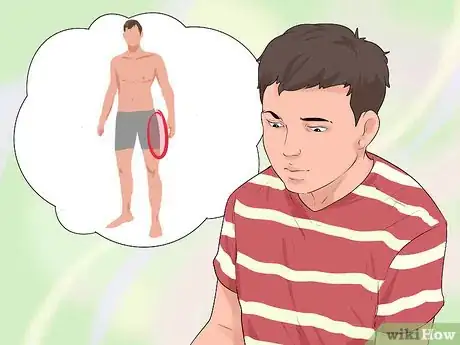
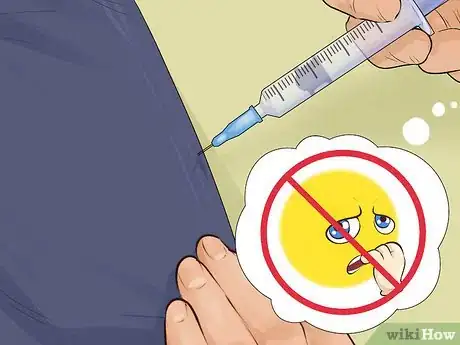
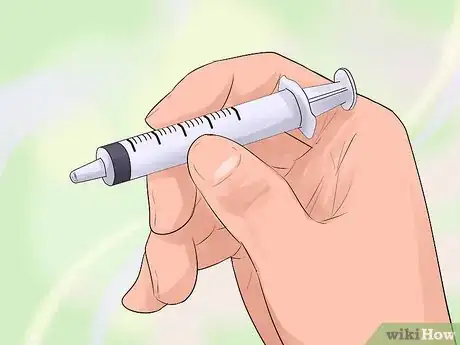
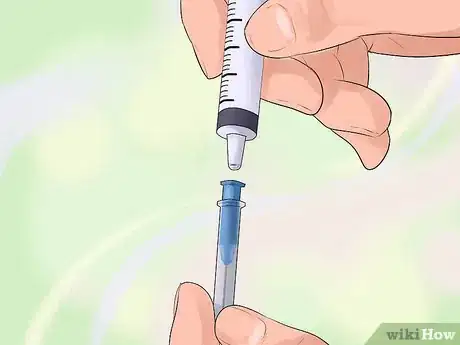
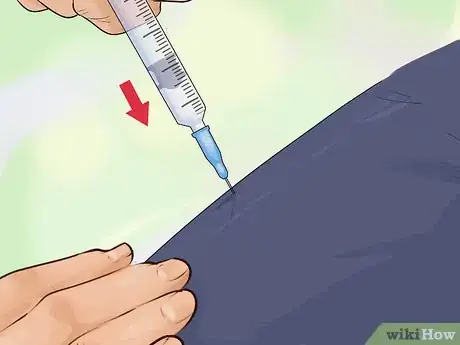
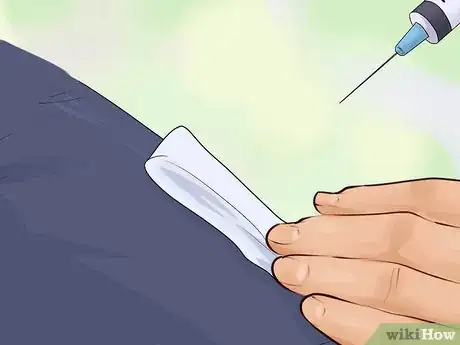
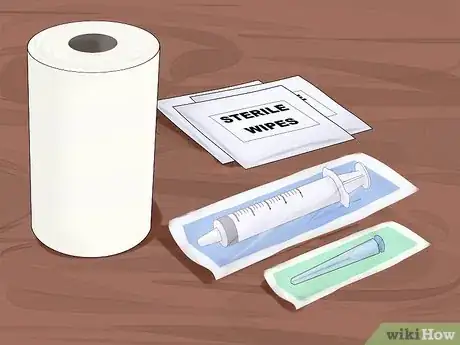
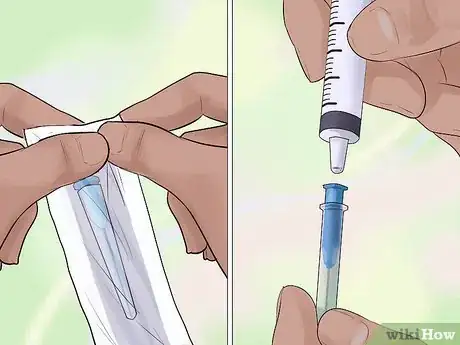
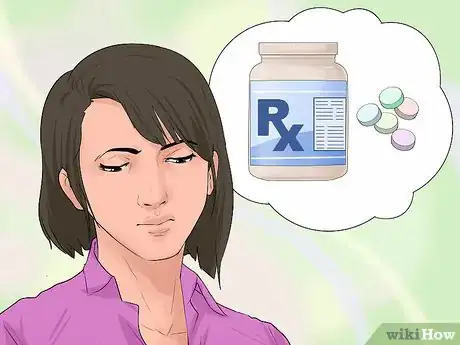
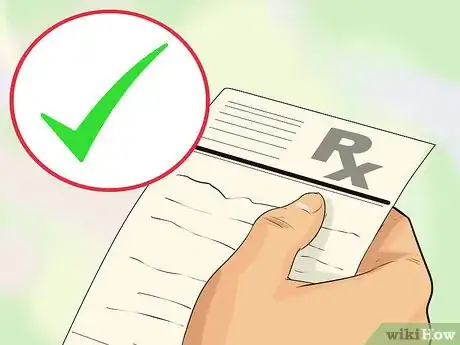
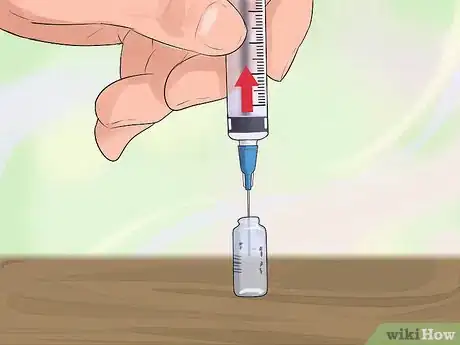
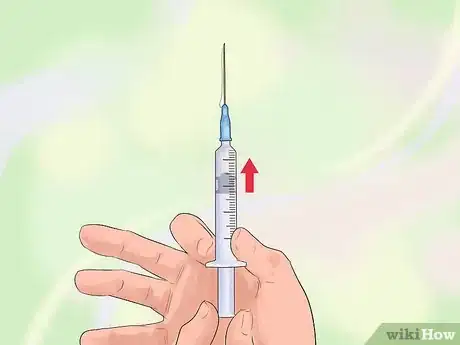

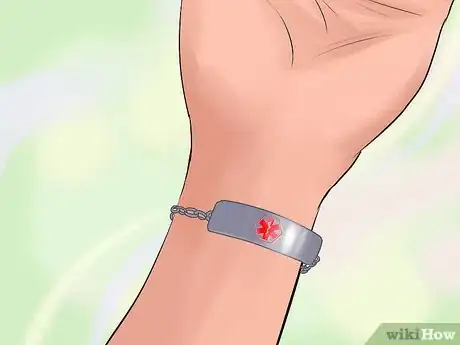


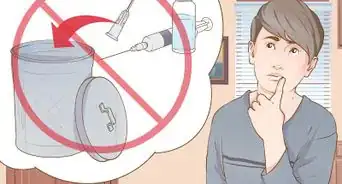

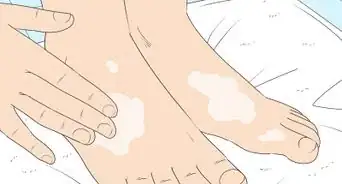
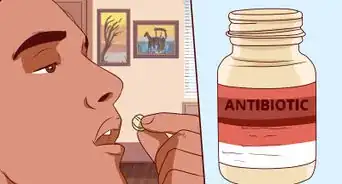
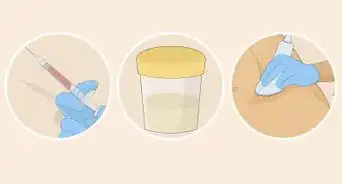



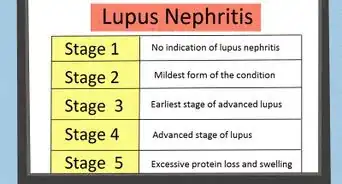
-Step-14.webp)










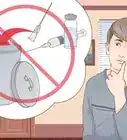




































Medical Disclaimer
The content of this article is not intended to be a substitute for professional medical advice, examination, diagnosis, or treatment. You should always contact your doctor or other qualified healthcare professional before starting, changing, or stopping any kind of health treatment.
Read More...